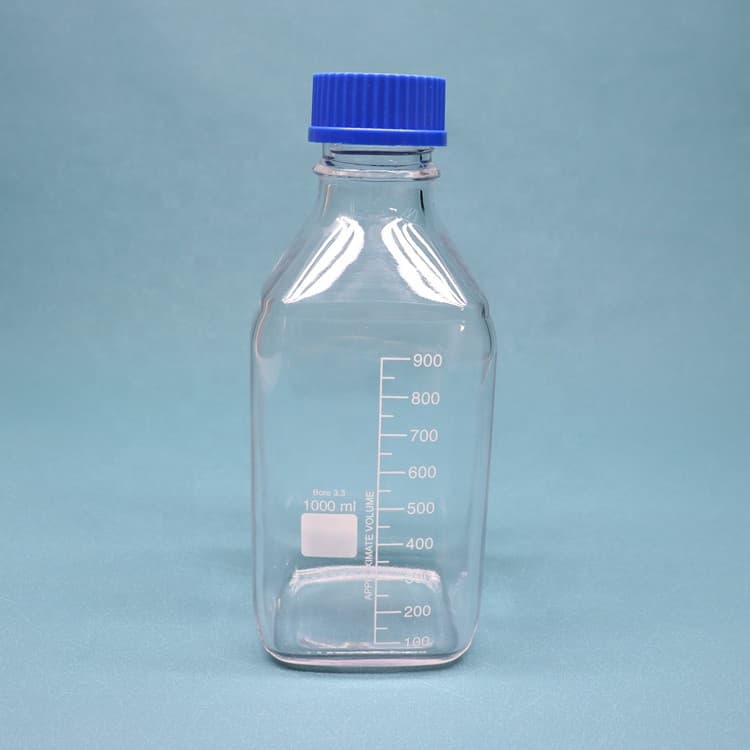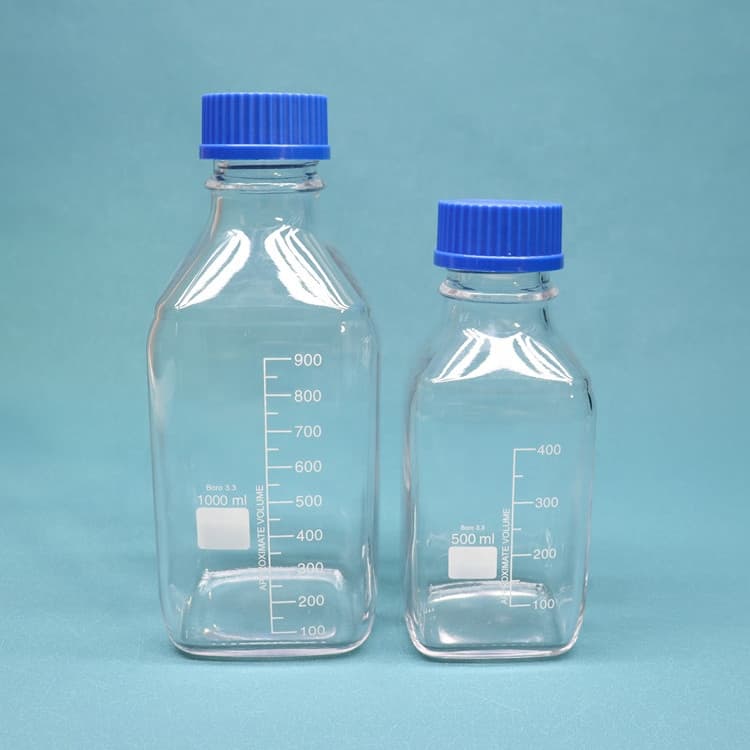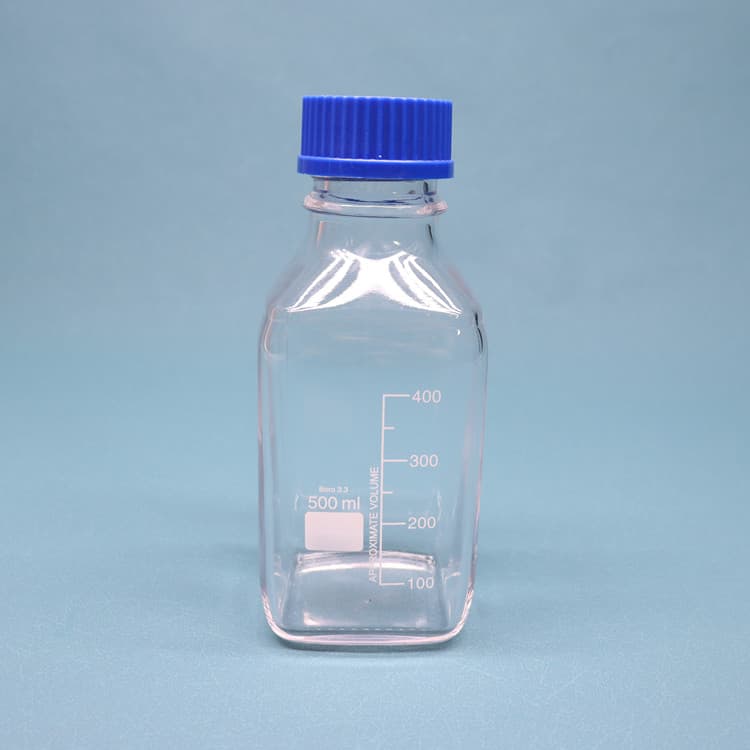



Gaseous Contamination and Purity. It's important to understand the difference between gas purity and gaseous contamination. Purity is the percentage of a gas in the mixture. Gas purity refers to the proportion of gas present in a sample (Nigen, 2021). For example, the usage may require 99% nitrogen, or 99% oxygen.
Oct 1, 2015 · Abstract. Compressed gas sampling for microorganisms is an important part of contamination control assessment. This paper addresses topics related to microbial assessment of compressed gases
Apr 18, 2023 · The microbial quality of the water within the system, as reflected by water from that sample port, may be better than the quality that is delivered to the point of use (POU) during manufacturing use. This is because of microbial contamination of the system water that can occur as it is transferred from the system outlets to the POU.
Aug 25, 2017 · The standard consists of nine separate parts, with Part 1 specifying the quality requirements of the compressed gas, and Parts 2-9 specifying the methods of testing for a range of contaminants. This standard provides a variety of purity classes that can be incorporated into a robust quality assurance plan for this critical utility.
For pharmaceutical products that cannot be terminally sterilized, expertise in filtration solutions such as aseptic filtration can help meet these challenges. Ensuring performance of sterile filters with integrity testing. Sterile filtration is commonly employed for microbial removal and plays a pivotal role in assuring final product sterility.
option for detecting scattered contamination –Provides 95% confidence that no more than 5% of food pieces the size of each “n” in the entire lot are contaminated •Keys to success –Must ensure that sampling is as representative as possible across the lot –Large composite “N60” samples typical need a larger test portion 5 What is N60?
Apr 16, 2017 · Weaknesses in water systems are exacerbated by microorganisms being ubiquitous and varied in their ability to survive and grow under different conditions. Therefore, monitoring pharmaceutical-grade water systems for bioburden is important. We are concerned with two primary types of water: purified water and water for injections (WFI).
Jun 1, 2019 · 12. RELEASE INSPECTIONS AND TESTING 12.1 Visual Inspection 12.2 Sterility Testing 12.3 Bacterial Endotoxins Testing 13. LABELING 14. ESTABLISHING BEYOND-USE DATES 14.1 Terminology 14.2 Parameters to Consider in Establishing a BUD 14.3 Establishing a BUD for a CSP 14.4 Multiple-Dose CSPs 15. USE OF CONVENTIONALLY MANUFACTURED PRODUCTS AS COMPONENTS
Contamination of pharmaceutical products by objectionable microorganisms is a major risk within the pharmaceutical industry as it may impact product integrity and patient safety. To prevent contamination events from occurring, licensed pharmaceutical manufacturing companies worldwide are required to adhere to strict regulations and robust
2. Contamination of Sample Due to the low concentration of ions in these Aijiren Technology, they are also poorly buffered and so are subject to contamination (e.g. from CO 2 or ammonia absorption, and/or cross contamination from other sources, during sampling, transport, storage, handling, and testing). 3. Inaccurate Measurement
Jul 23, 2020 · Furthermore, overall HD contamination was lowered with repeat wipe sampling; 45.24% of samples detected HDs with the first wipe compared with 31.64% for subsequent wipes. Since contamination was not completely eliminated even with repeated sampling, the authors suggested that continued monitoring is required to minimize exposure. Sampling Procedure
May 31, 2023 · The main regulatory standard for ensuring pharmaceutical quality is the Current Good Manufacturing Practice (CGMP) regulations for human pharmaceuticals. Consumers expect that each batch of
The four tips explained below can help you minimize contamination risk and achieve optimum performance in your pharmaceutical steam system process. 1. Use the correct and highest grade of steam for your pharmaceutical manufacturing process. Pure steam is the highest grade of steam and is required wherever the steam or its condensate comes in
From bioreactor to final filling, NovaSeptum ® sterile sampling provides biomanufacturers with consistent and representative samples to analyze pH, conductivity, cell viability, metabolites, monitor bioburden, and endotoxins level. Media Preparation Monitor and adjust process parameters by sampling for pH, osmolality and/or conductivity. Bioreactor
Apr 28, 2020 · To start with the end in mind, the current USP Chapter 1 “Microbiological Examination of Non-sterile Products: Acceptance Criteria for Pharmaceutical Preparations and Substances for Pharmaceutical Use” has recommended microbial limits for aqueous non-sterile products of less than 100 Colony-Forming Units (CFU)/milliliter (mL) of bacteria, less than 10 CFU/mL of fungi and the absence of